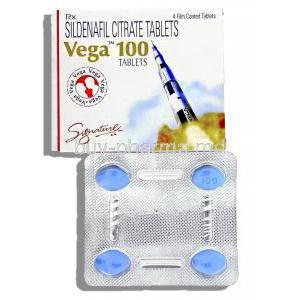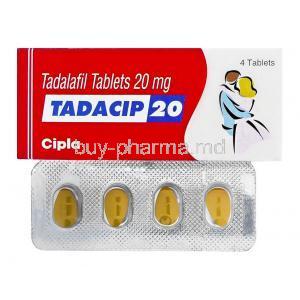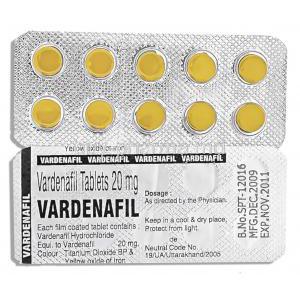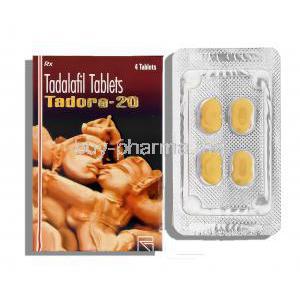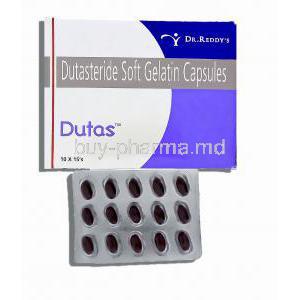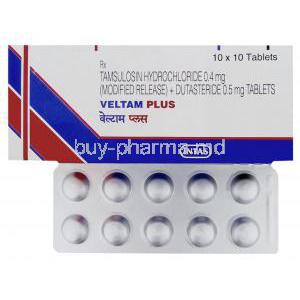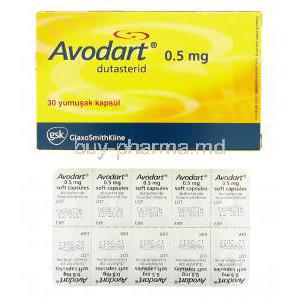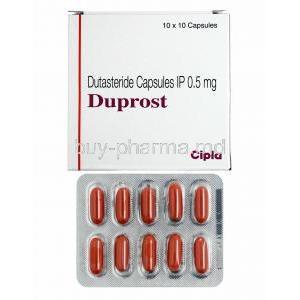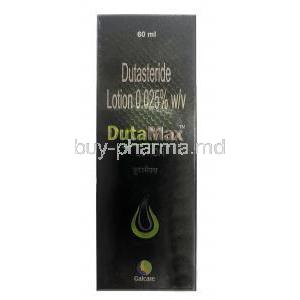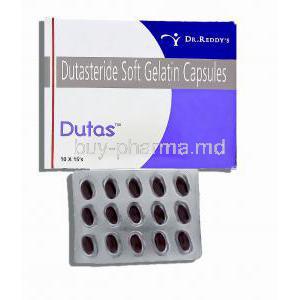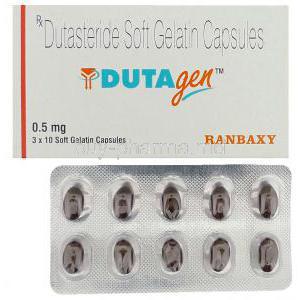Allylestrenol
- I. Introduction
- II. Uses
- III. How it Works
- IV. Dosage and Administration
- V. Composition
- VI. Side Effects
- VII. Common Side Effects
- VIII. Off-label Use
- IX. Interaction
- X. Warning
- XI. Contraindication
- XII. Careful Administration
- XIII. Important Precautions
- XIV. Administration to Elderly
- XV. Administration to Pregnant Women and Nursing Mothers
- XVI. Administration to Children
- XVII. Over Dosage
- XVIII. Storage
- XIX. Handling Precautions
I. Introduction
What is Allylestrenol?
Allylestrenol, a type of progestogen, occupies a role in pharmaceuticals. It is commonly prescribed for treating gynecological disorders due to its capability to imitate the progesterone hormone, which plays a vital role in women's reproductive health.
Historical Background and Discovery
Taking a journey back into the history of research Allylestrenol emerged in the 1960s. Initially created to tackle issues related to reproductive health, its development marked a significant turning point that opened new doors for groundbreaking treatments in obstetrics and gynecology.
The Significance in Medical Treatments
Allylestrenols' remarkable effectiveness is evident in its uses, such as treating recurrent miscarriages preventing premature labor and addressing endometriosis – a condition where endometrial tissue grows outside the uterus. Its diverse contributions to women's health make it an unparalleled asset in modern medicine.
II. Uses
Indications and Therapeutic Benefits
Allylestrenol is a synthetic hormone that acts as progesterone, a female hormone crucial for maintaining the menstrual cycle and pregnancy1. Some of its uses are:
- Preventing miscarriages and preterm labour in women12.
- Preparing the endometrial lining for implantation3.
- Relieving symptoms associated with menstrual disorders4.
1: Allylestrenol - Uses, Dosage, Side Effects, Price, Composition - Practo 2: Allylestrenol: View Uses, Side Effects and Medicines | 1mg 3: Allylestrenol - Wikipedia 4: Allylestrenol: Uses, Interactions, Mechanism of Action | DrugBank Online
Common Conditions Treated with Allylestrenol
Allylestrenol is a synthetic hormone that acts as progesterone, a female hormone crucial for maintaining the menstrual cycle and pregnancy. It can help improve conditions such as:
- Dysmenorrhea, which is cramping pain in the lower abdomen during menstruation1.
- Menorrhagia, which is excessively heavy menstrual bleeding2.
- Amenorrhea, which is missed or absent menstrual periods3.
1: Dysmenorrhea | AAFP 2: Diagnosis and Initial Management of Dysmenorrhea | AAFP 3: Dysmenorrhea in adult females: Treatment - UpToDate
Efficacy and Therapeutic Outcomes
Allylestrenol has been extensively studied in clinical trials to confirm its effectiveness. It does not show impressive results in preventing premature labor but also contributes to creating a favorable environment for fetal growth, which has been well documented. However, it is essential to note that, like any medication, the therapeutic outcomes can vary depending on individual physiological responses and adherence to the prescribed treatment plan.
References:
- CLINICAL OBSERVATIONS ON A NEW PROGESTATIONAL AGENT, »ALLYLESTRENOL …1
- Allylestrenol - Wikipedia2
- Evaluation of allylestrenol for clinical pregnancies in patients treated with assisted reproductive techniques: a retrospective, propensity score matched, observational study3
III. How it Works
Mechanism of Action
Allylestrenol works primarily by attaching itself to progesterone receptors in the uterus, which creates a condition for pregnancy by preventing contractions from starting.
Influence on Hormonal Levels
The delicate and intricate dance of hormones orchestrated by Allylestrenol has an impact. It reduces the production of gonadotropins, which regulates the release of estrogen and follicle-stimulating hormones. This hormonal balance plays a role in creating an optimal environment for pregnancy.
The Physiological Response in the Body
After being consumed, Allylestrenol goes through a process of transformation within the body in the liver. This process increases progesterone levels, creating a favorable environment for the continuation of pregnancy.
IV. Dosage and Administration
Recommended Dosage Based on Conditions
The key to treatment lies in carefully determining the appropriate dosage. In cases of miscarriage, the recommended daily dosage can vary from 10 to 40mg. It is commonly prescribed at a dose of 40mg to prevent preterm labor. However, following your clinician's advice is essential, as dosages may need to be tailored to individual needs and circumstances.
Route of Administration
Allylestrenol is typically taken in the form of tablets. It is crucial to follow the frequency and timing accurately to benefit from its therapeutic effects fully.
Adjustments for Specific Populations
Certain groups of people, such as those with liver problems or older individuals, may require adjustments in their medication dosage. It's always wise to inform your healthcare provider about any medical conditions you may have so that they can customize the most effective dosage plan for you.
V. Composition
Active and Inactive Ingredients
The effectiveness of Allylestrenol is primarily attributed to its component, called Allylestrenol. However, it is accompanied by additional substances known as excipients or inactive ingredients. These are commonly included to improve the product's longevity, stability, or absorption rate. These additional substances can consist of binders, fillers, and anti-caking agents.
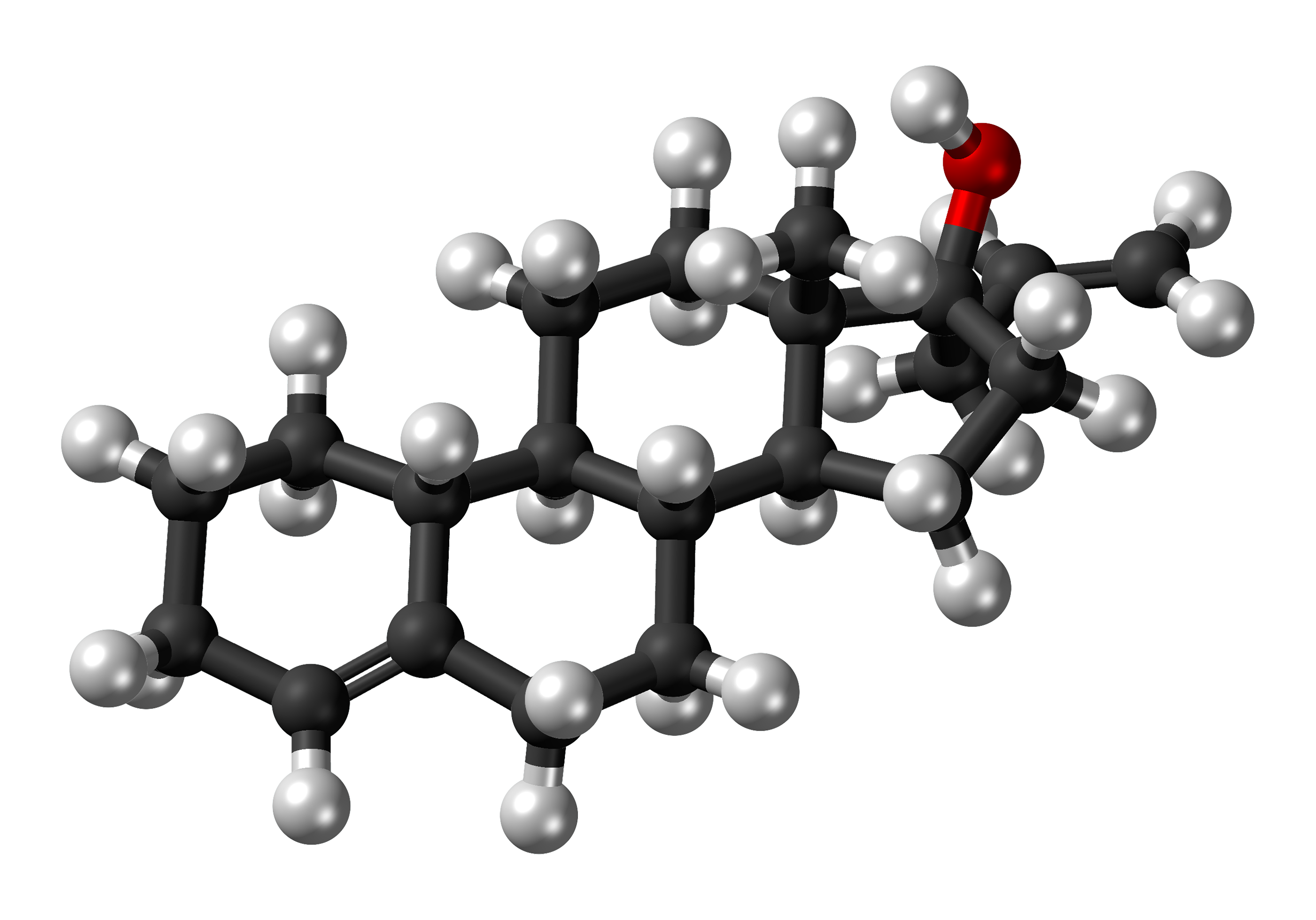
Forms and Strengths Available
Allylestrenol is mainly found in the form of tablets in strengths of 5mg or 25mg. However, the field of formulations is constantly changing, so it's always a good idea to consult a pharmacist to find out about the most up-to-date options.
Physical and Chemical Properties
From a chemical standpoint, Allylestrenol's molecular structure enables it to imitate progesterone effectively. Its stability, solubility, and melting point have been carefully adjusted to enhance its benefits.
VI. Side Effects
Overview of Side Effects
Although Allylestrenol is highly effective as a treatment, it's essential to be aware that it can also have some side effects. Some people may experience symptoms such as nausea, itching, or headaches. It's always an idea to stay vigilant and report any unexpected changes in your body after taking this medication.
Distinguishing Between Common and Rare Side Effects
Fatigue or dizziness are some observed side effects experienced by many users. On the hand, there are rare cases where jaundice or mood changes may occur. It's important to distinguish between these two categories, not for statistical purposes but also to determine if medical intervention is necessary.
Managing Side Effects and When to Consult a Physician
Although most side effects are usually temporary and harmless, there may be instances where medical attention is required. If you experience any severe or concerning symptoms, seeking advice from a healthcare professional is essential. It's worth remembering that medications can be beneficial. It's crucial to use them wisely and make informed decisions.
VII. Common Side Effects
List of Frequent Side Effects
Although Allylestrenol is considered a leading therapy option, it has some potential side effects. These can include nausea and occasional vomiting, mild discomfort, abdomen dizziness when standing up suddenly, and temporary headaches.
Duration and Severity
Most of the side effects that occur are temporary. Tend to go away on their own. Usually, these effects last for hours to a few days after taking the medication. The severity of these symptoms is generally mild to moderate. However, if these symptoms persist or worsen, it is important to seek attention promptly.
Tips for Mitigation
You can often relieve the discomfort caused by side effects using methods; If you're nauseous, try eating frequent meals. Staying hydrated can help reduce dizziness. For headaches, it's advisable to consult a doctor before taking over-the-counter pain relievers. Resting and practicing stress reduction techniques can speed up the recovery from side effects.
VIII. Off-label Use
Known Off-label Treatments
In addition, to its uses, Allylestrenol has also been used in nonstandard situations. Some examples of these off-label treatments involve addressing alopecia or hair loss and managing benign prostate hyperplasia in men.
References:
Efficacy and Safety in Off-label Settings
The complex and winding road of using medications for purposes than their approved labels requires thorough validation. Initial research indicates that Allylestrenol may be effective in some cases, but it is crucial to conduct extensive clinical trials. Safety is important, so it is essential to ensure that off-label uses do not bring about unexpected adverse effects.
References:
- Off-label use - Wikipedia1
- RACGP - Off label medicine use - Australian Journal of General Practice2
- Clinical Trials of Off-label Drug Uses: A Regulatory Minefield Medical …3
Current Research on Expanding Uses
Researchers in medicine are actively exploring the possibilities of using Allylestrenol in innovative ways for treating various endocrine disorders and specific types of anemia. However, it is essential to exercise caution and make decisions while using Allylestrenol until there is substantial evidence from these ongoing studies.
References:
- Endocrine Disorders in Fanconi Anemia … - Oxford Academic1
- Allylestrenol: Uses, Interactions, Mechanism of Action - DrugBank Online2
IX. Interaction
Common Drug Interactions and Their Implications
Like dancers in a ballet, drugs can impact each other's performance. Allylestrenol has a range of interactions, including; Anticoagulants; It may potentially enhance their effect. Increase the risk of bleeding. Antidiabetic drugs; might require adjustments to the dosage. Understanding and being aware of these interactions is crucial to ensure that the treatment is effective and safe.
Foods or Substances to Avoid
Some substances and foods may either weaken or strengthen the effects of Allylestrenol. It is advisable to follow these guidelines; Avoid consuming amounts of caffeine as it could worsen any jitters caused by Allylestrenol. Limit your alcohol intake as it can intensify feelings of drowsiness or dizziness.
Interaction with Certain Medical Conditions
Specific individuals with medical conditions may experience worsened symptoms when using Allylestrenol. For example, those who have had thromboembolic disorders or a history of stroke may face increased risks. It is crucial to gather a medical history to customize treatment plans effectively.
X. Warning
Critical Alerts Related to Allylestrenol
It is crucial to pay attention to warnings. Allylestrenol could worsen symptoms in individuals who already have liver conditions. It may also lead to retention, so heart or kidney disorders patients should be cautious.
Situations Where its Use Should Be Reconsidered or Monitored
There are situations where it is essential to be more cautious or reconsider using Allylestrenol. These situations include; A history of blood clots or thromboembolic events. Liver disorders or unexplained vaginal bleeding. In these cases, monitoring and considering alternative treatment options might be more suitable.
XI. Contraindication
Absolute Contraindications
In medical treatments, there are certain circumstances where Allylestrenol should not be used. These include confirmed or suspected cancers of the breast or reproductive organs and a history of jaundice during pregnancy.
Relative Contraindications
These are situations where the use of Allylestrenol can be considered, although it should be approached cautiously; Individuals with a history of depression. Individuals with thrombophlebitis or a previous history of thromboembolic disorders.
Clinical Assessments Before Administration
Before starting the treatment with Allylestrenol, specific clinical evaluations must be conducted. These evaluations include a liver function test and cardiac and renal health assessments, particularly for patients with a fluid retention history. By conducting these pre-assessments, we can ensure that the patient's journey with Allylestrenol is smooth and free from complications.
XII. Careful Administration
Specific Cases Requiring Vigilant Monitoring
There are situations in which extra caution is necessary when administering Allylestrenol. These include patients with a history of liver or kidney problems, individuals who have experienced blood clotting events in the past, and patients who are taking medications, increasing the risk of drug interactions.
Dosage Adjustments and Considerations
The dosage of Allylestrenol might need to be adjusted based on a patient's medical history. Factors such as parameters, existing health conditions, and concurrent medications can influence the necessary dosage adjustments.
XIII. Important Precautions
Pre-treatment Screenings
Conducting a clinical evaluation before starting Allylestrenol is essential to prevent any potential complications. This evaluation should include tests to assess liver and kidney function, complete blood counts, coagulation profiles, and baseline hormonal assays in women of reproductive age.
Monitoring During Treatment
Regular medical examinations are crucial when taking Allylestrenol to ensure treatment and prompt detection of any potential side effects.
Recognizing Early Signs of Complications
Being watchful for signs such as yellowing of the skin (jaundice), extreme tiredness that cannot be explained, or abdominal pain without a cause can indicate potential complications and require prompt medical advice.
XIV. Administration to Elderly
As people get older, their bodies undergo changes that can impact how drugs are processed and how effective they are. Changes in liver and kidney function and shifts in body composition can potentially affect how Allylestrenol works in the body.
Dosage Adjustments and Potential Risks
The elderly population might require dosage adjustments to prevent overdosing. It is essential to consider the potential side effects, such as dizziness or fluid retention, and balance them against the benefits of treatment.
Clinical Monitoring Strategies
Regular health checkups, including tests for liver function and cardiovascular assessments, are crucial for individuals.
XV. Administration to Pregnant Women and Nursing Mothers
Potential Risks and Benefits
Although Allylestrenol has proven to be therapeutically effective, it is essential to evaluate the benefits and risks for pregnant women before considering its use considering the potential impact on the fetus.
Current Research on Fetal Impact
There is still research regarding the definite safety of Allylestrenol during pregnancy. Initial findings indicate no concerns about causing birth defects, but we are still waiting for more extensive studies to confirm this.
Lactation Considerations and Milk Transfer
The small amount of Allylestrenol excreted in breast milk requires consideration of its possible impact on a breastfeeding baby.
XVI. Administration to Children
Pediatric Indications and Off-label Uses
Although primarily designed for adults, there have been some instances where it has been used off-label for purposes. However, its use in children is still mostly experimental. Requires careful consideration from medical professionals.
Dosing Considerations and Safety Profile
Understanding the dosage for children requires knowledge of how drugs are processed in their developing bodies. While the medication may be considered safe for adults, it is essential to gather information on its safety and effectiveness, specifically in pediatric patients.
Monitoring Growth and Development
When giving children Allylestrenol over a period, it is essential to regularly assess their growth and development to avoid any potential disruptions, in their hormonal balance.
XVII. Over Dosage
Recognizing Symptoms of Overdose
Taking much of a medication can result in increased side effects, such as extreme nausea, intense dizziness, or extreme fatigue.

Immediate Interventions and Treatments
If someone has an overdose, it is crucial to seek medical help. Medical professionals may need to perform lavage and provide symptomatic treatment while closely monitoring the individual to minimize any potential complications.
Long-term Implications
While immediate actions can help with an overdose, it is crucial to remain vigilant about liver or kidney complications in the following weeks.
XVIII. Storage
Recommended Storage Conditions
To ensure that Allylestrenol remains chemically stable, it is essential to store it in a dry place away from direct sunlight and, out of the reach of children.
Shelf Life and Expiration Considerations
Expired Allylestrenol can not be ineffective but also potentially harmful. It is crucial to be aware of its shelf life and dispose of it in a manner which is nonnegotiable.
Handling Degraded or Expired Medication
Expired or outdated Allylestrenol should never be taken. The well-being of the community needs to dispose of it properly at designated pharmaceutical disposal facilities.
XIX. Handling Precautions
Safe Handling and Disposal
Using gloves while handling and keeping them separate from food items can help prevent exposure. Regarding disposal, it's wise to follow the guidelines for pharmaceutical waste.
Protection for Caregivers and Household Members
To ensure the safety of everyone, in the household, it is essential to keep Allylestrenol out of reach of children and educate family members about its consequences.
Environmental Implications
Improperly disposing of waste can be harmful to both humans and the environment. Following appropriate disposal protocols helps protect land ecosystems from the potential pollution caused by Allylestrenol.


